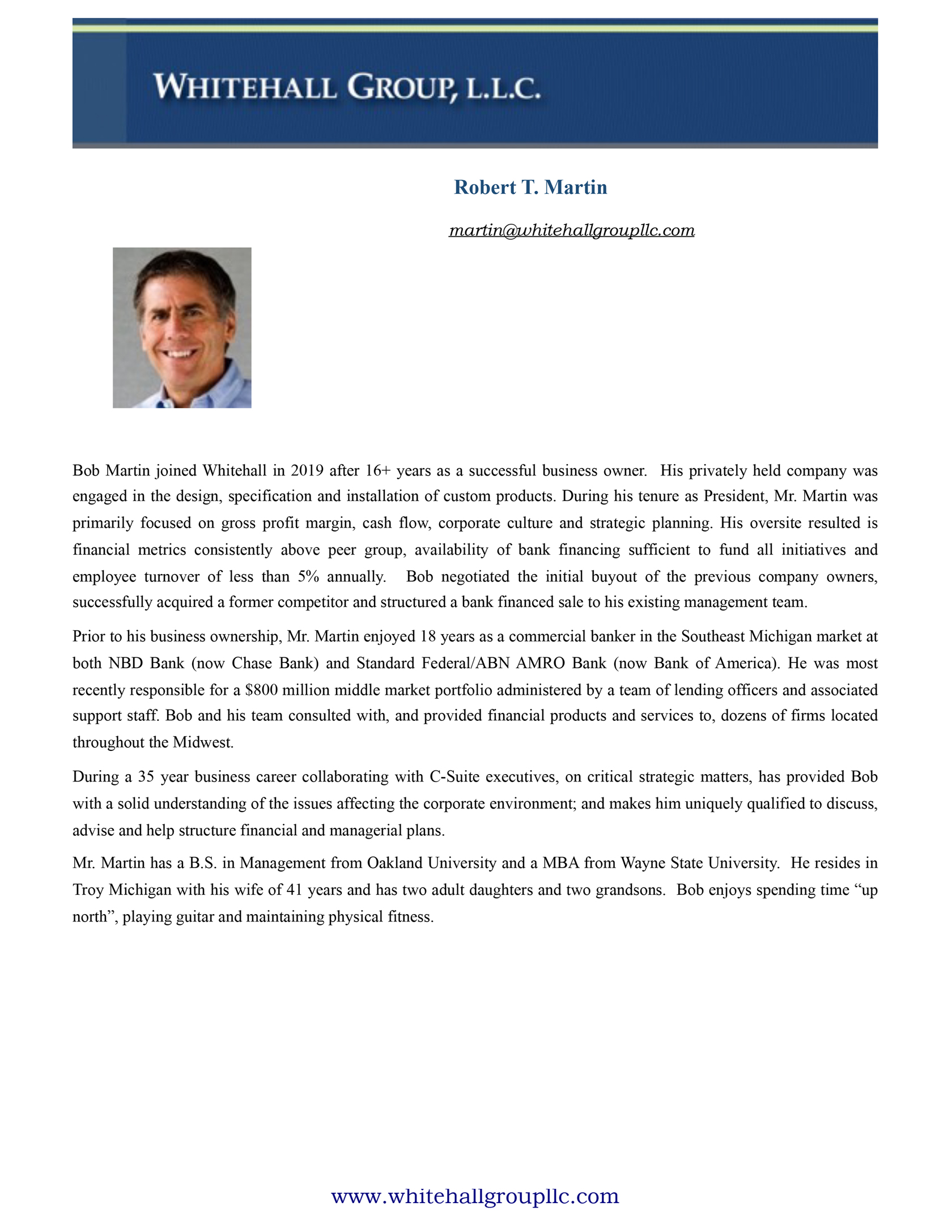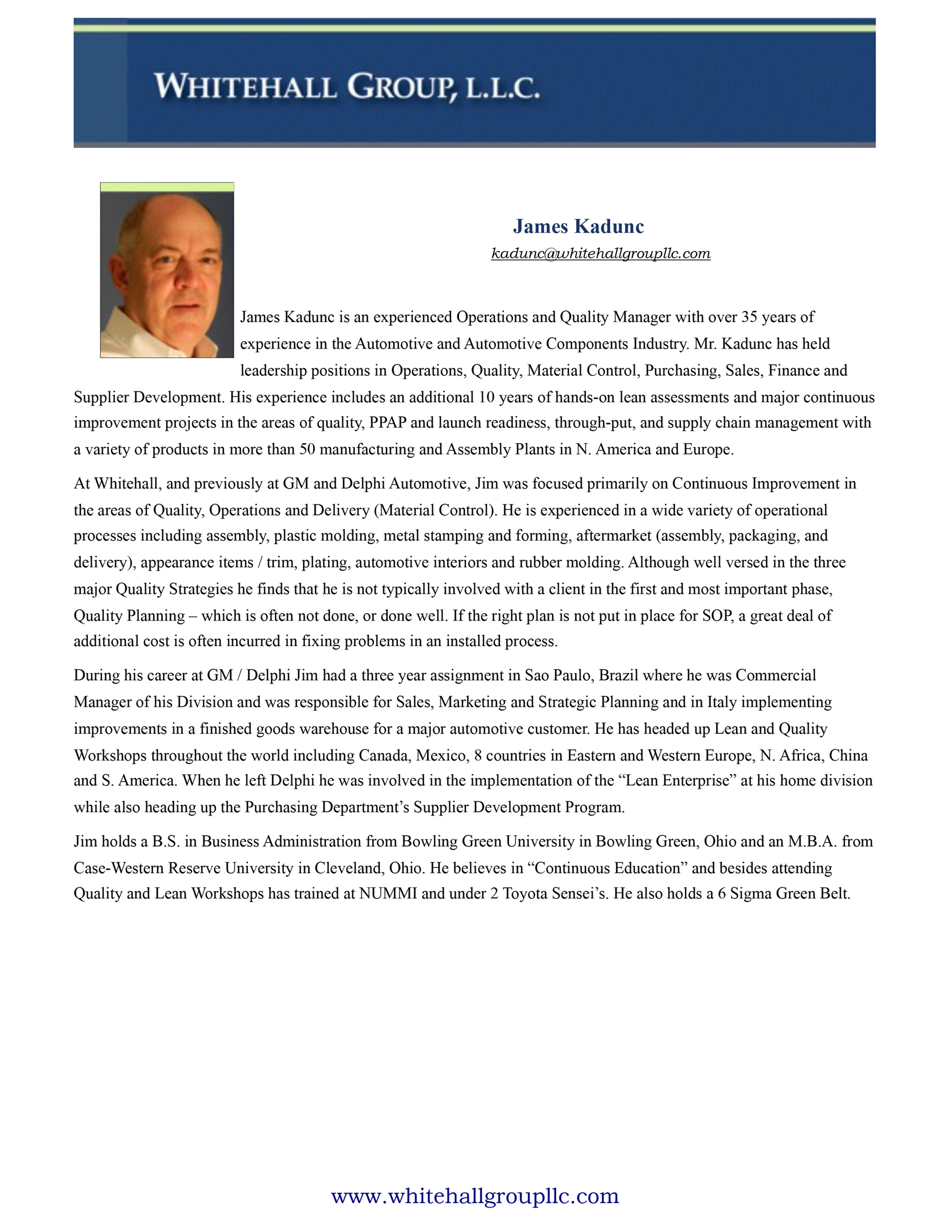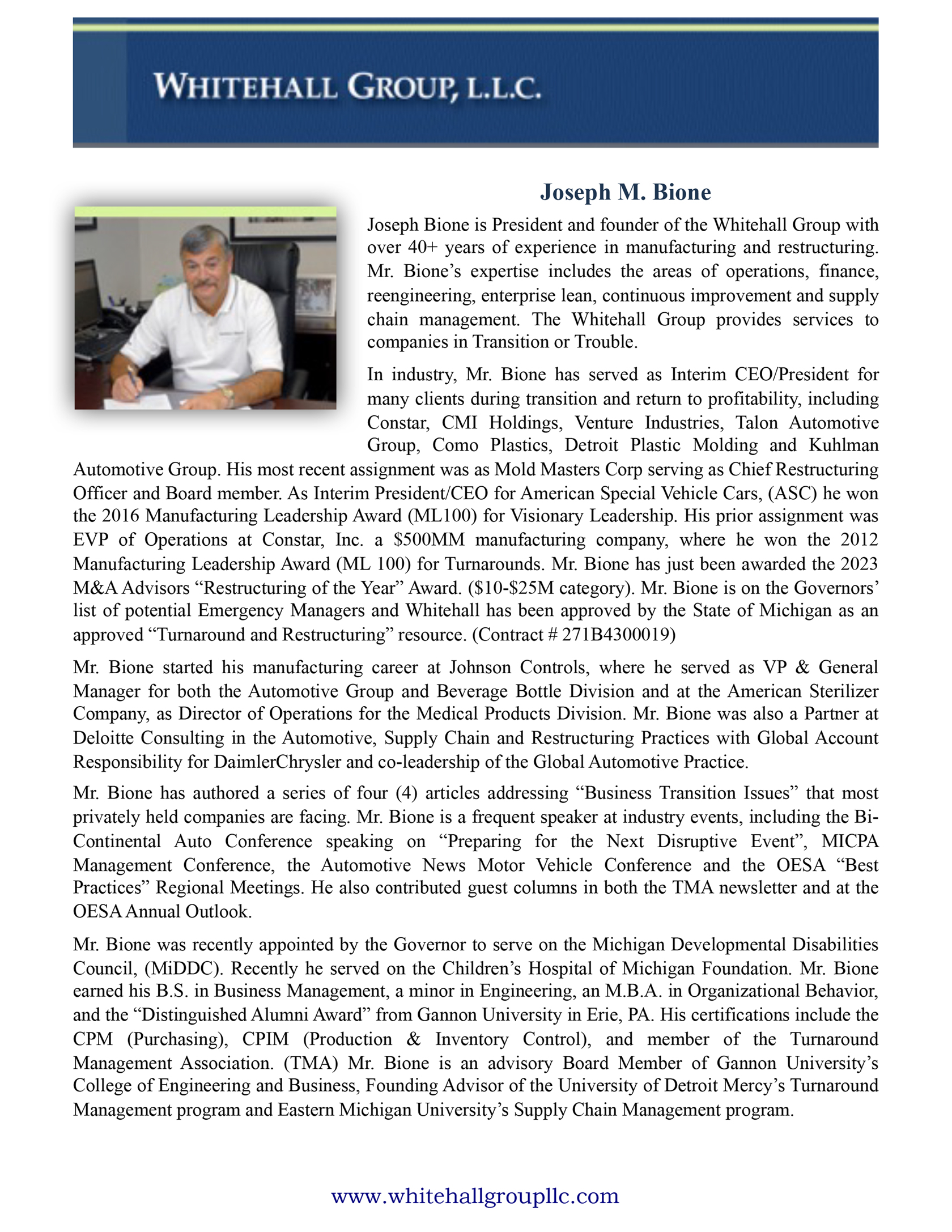Editor’s Note: This article is the third in a four-part series devoted to understanding the transitioning of a company from operational excellence, market intelligence and buy-side strategies, business valuations and exit strategies. This month’s column is focused on providing business owners with an in-depth view on specific parts of understanding the importance of market intelligence and competitive analysis.
The path forward in uncertain times begins not with a well-intentioned first step, but rather a clear understanding of where a company stands both operationally and competitively.
Competitive advantages and market positions don’t disappear overnight: They slowly lead a company astray one small misstep at a time. The problem usually isn’t the big facts or the big picture, but rather the little assumptions that derail a firm. No matter how sincerely believed or persuasively argued, those faulty assumptions lead business planning in the wrong direction.
Why risk incorporating faulty assumptions into critical planning when you can acquire the market intelligence with a competitive analysis that can validate where your company stands competitively?
Proper competitive analysis facilitates both external and internal development activities. When focusing on internal issues, good intelligence identifies areas requiring operational improvement, enabling executives to prioritize resource allocation accordingly and monitor progress. When analyzing external opportunities, new market opportunities, acquisition options (including “not-for-sale” sellers), and acquisition due diligence, the right intelligence provides executives the confidence they missed nothing.
A well-known survey asked several hundred companies why they failed or fell short of expectations. Neither accounting nor legal due diligence made the list. This is interesting because companies spend an enormous amount of time and money on accounting and legal due diligence. Arguably, over the years, accountants and lawyers have created a due diligence process so effective that surprises in these areas are very rare. They are provided most of the information required to conduct their due diligence by the company itself – and their obligation is to conclude whether or not that information is accurate and complete. Furthermore, the information they require is easily and readily available.
As we have written before, every company is always in some form of transition. With today’s ever-changing global competitive landscape, everyone has to bring their “A” game all the time to remain competitive. Benchmarking your company with the market intelligence of a competitive analysis keeps you in the game. Whether you want to grow your company organically, acquire a company to expand your market presence or product capabilities, improve your operational performance for greater efficiencies and bottom-line performance, or prepare your company for the ultimate exit strategy for either an internal or external sale, having market intelligence of the competitive business you’re in enhances and optimizes your opportunity to be successful.
Business executives’ critical strategic decisions require more than easily accessible public information. While the Internet inundates them with right-or- wrong information, just knowing the difference between the two provides the most critical advantage. Gaining this market intelligence and competitive knowledge requires direct competitor contact through the very inquiries that are virtually impossible for business executives to undertake internally.
Good market intelligence will help you identify your company’s position against your competition. Once your competitive position is understood, you can put an action plan in place to close the gap with the leaders in your field. With a plan of execution for both operational and financial improvements, you will not only become one of the leaders in your industry, but also optimize your company’s performance.
Remember, for every dollar of improvement to your bottom line, you will not only impact the overall profitability of your company, but more importantly, optimize the real market value of your company, likely, your largest investment




